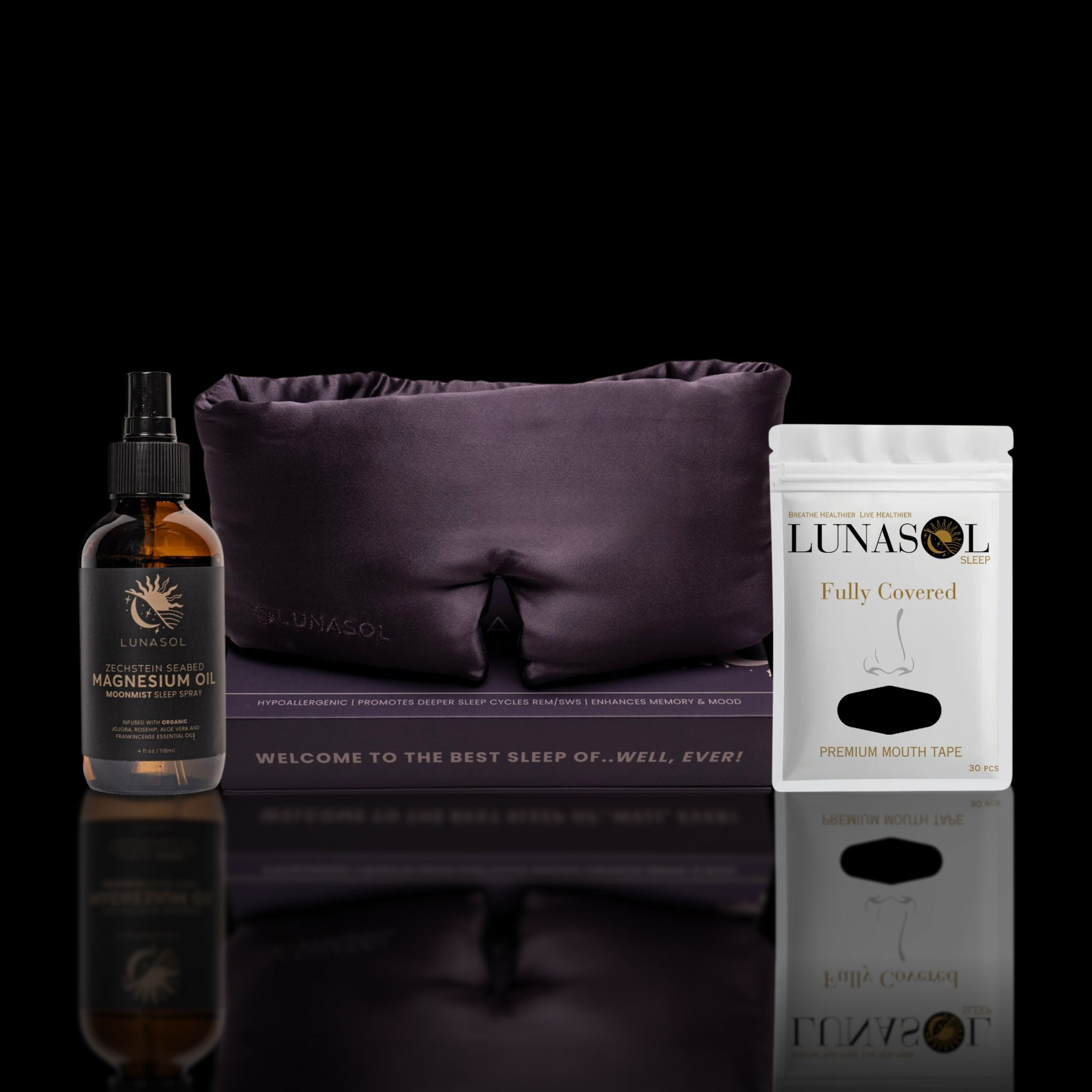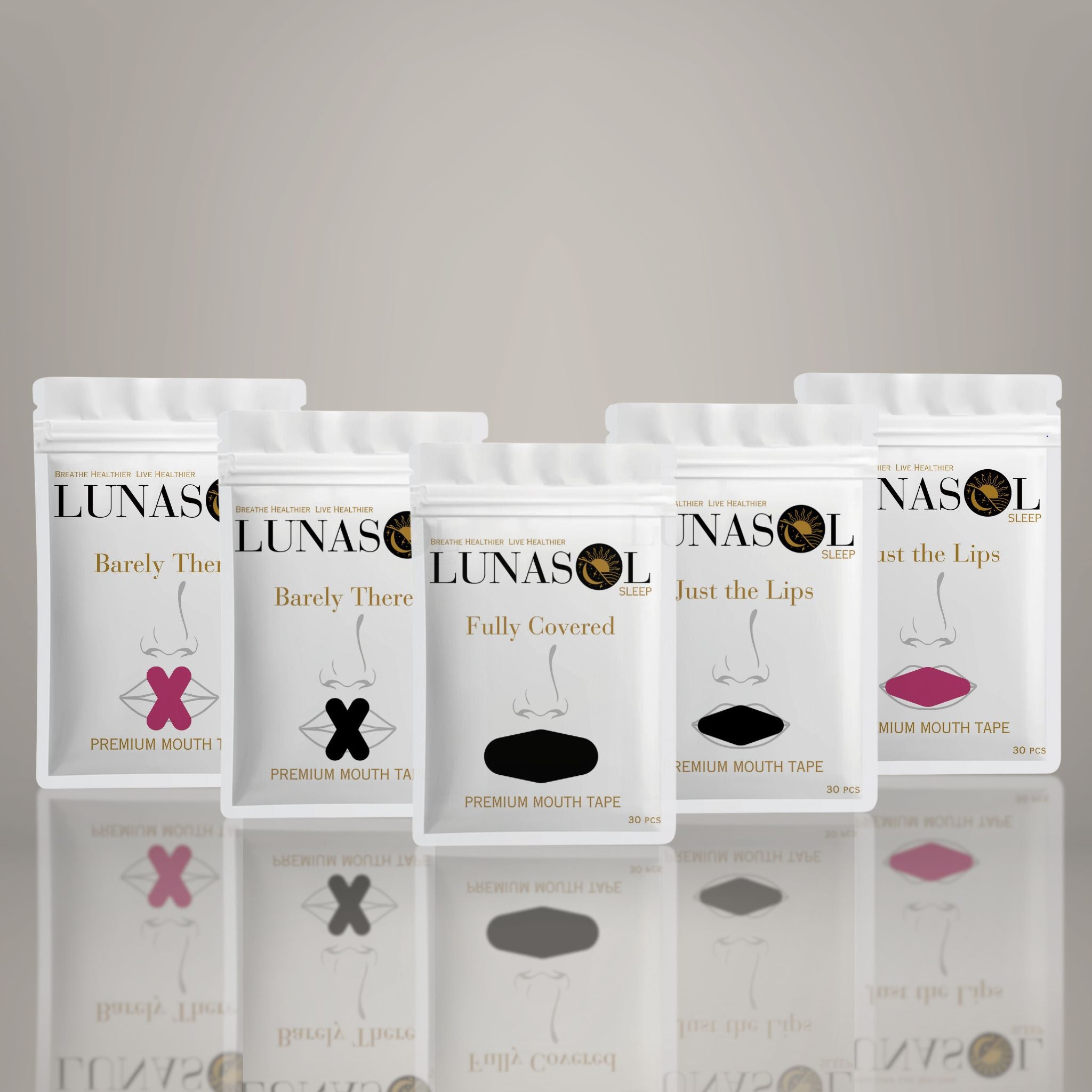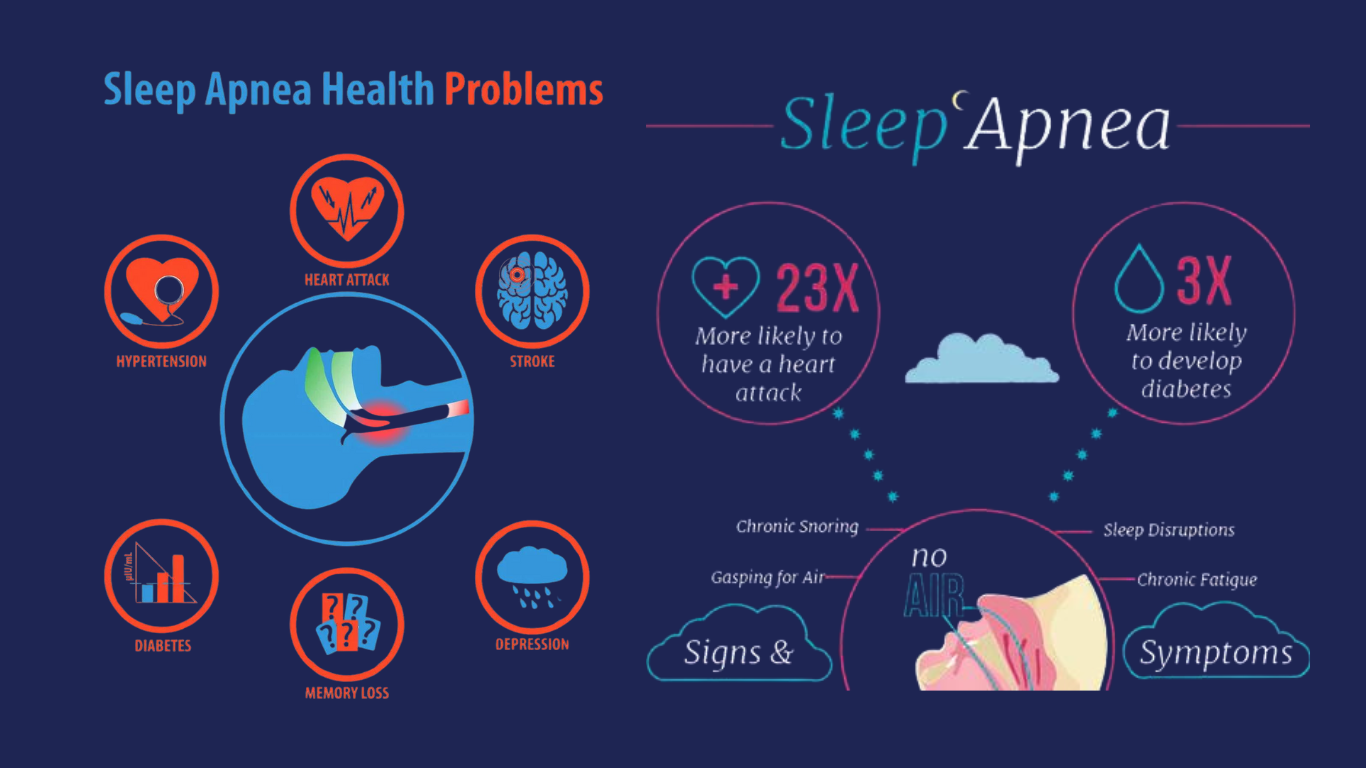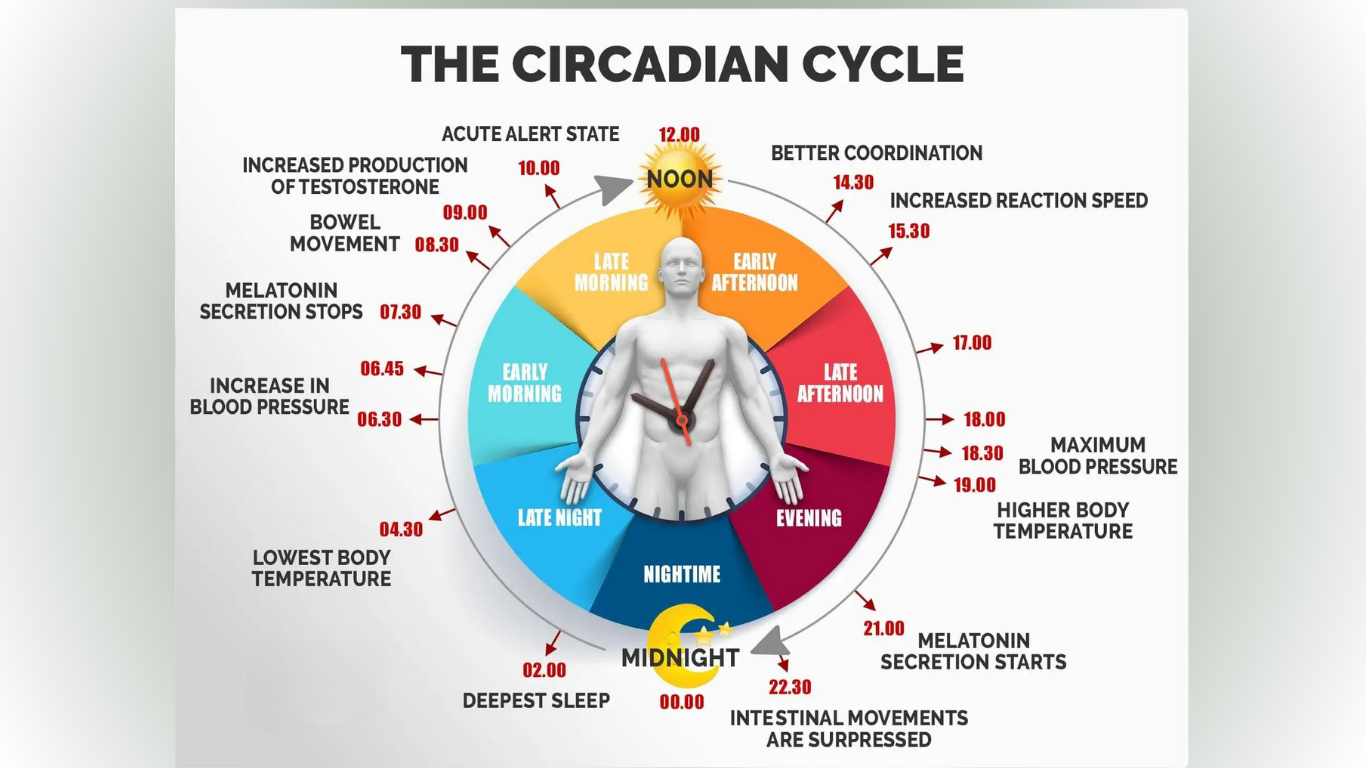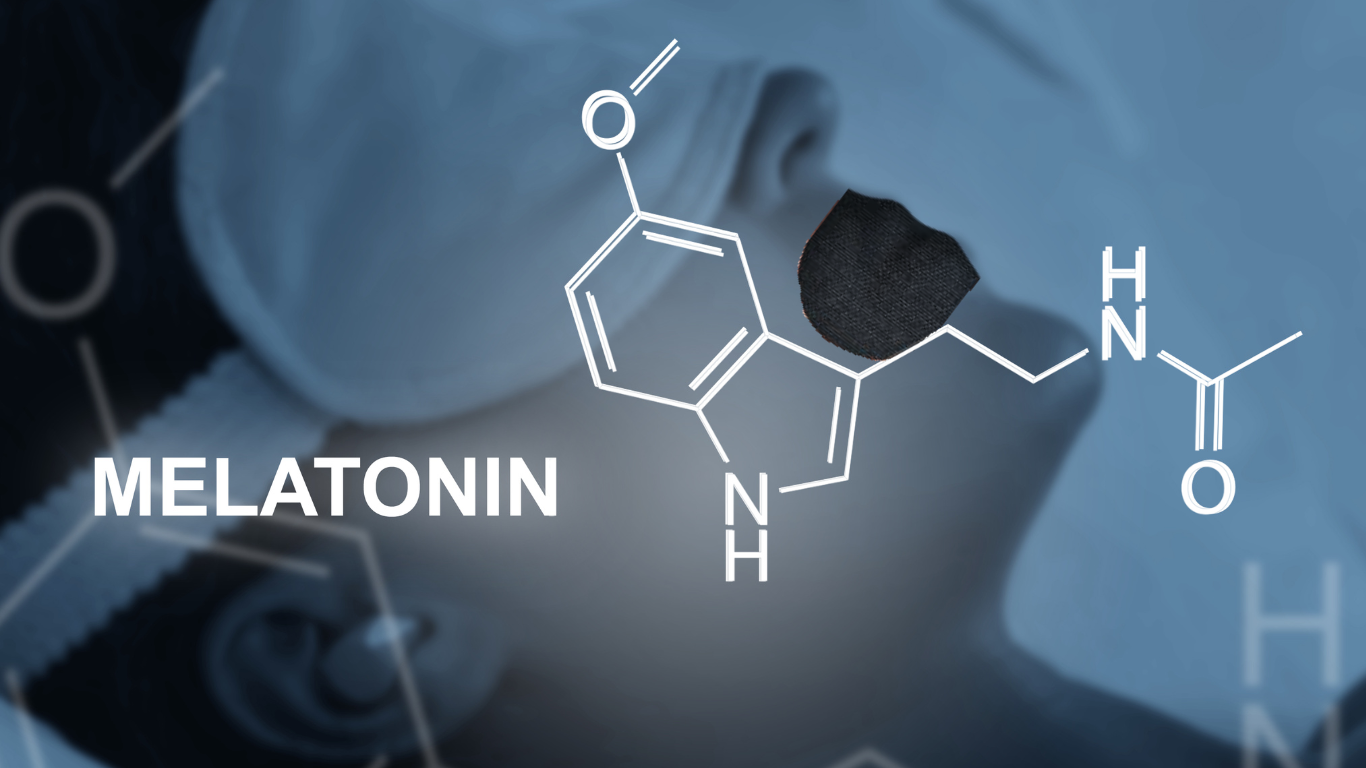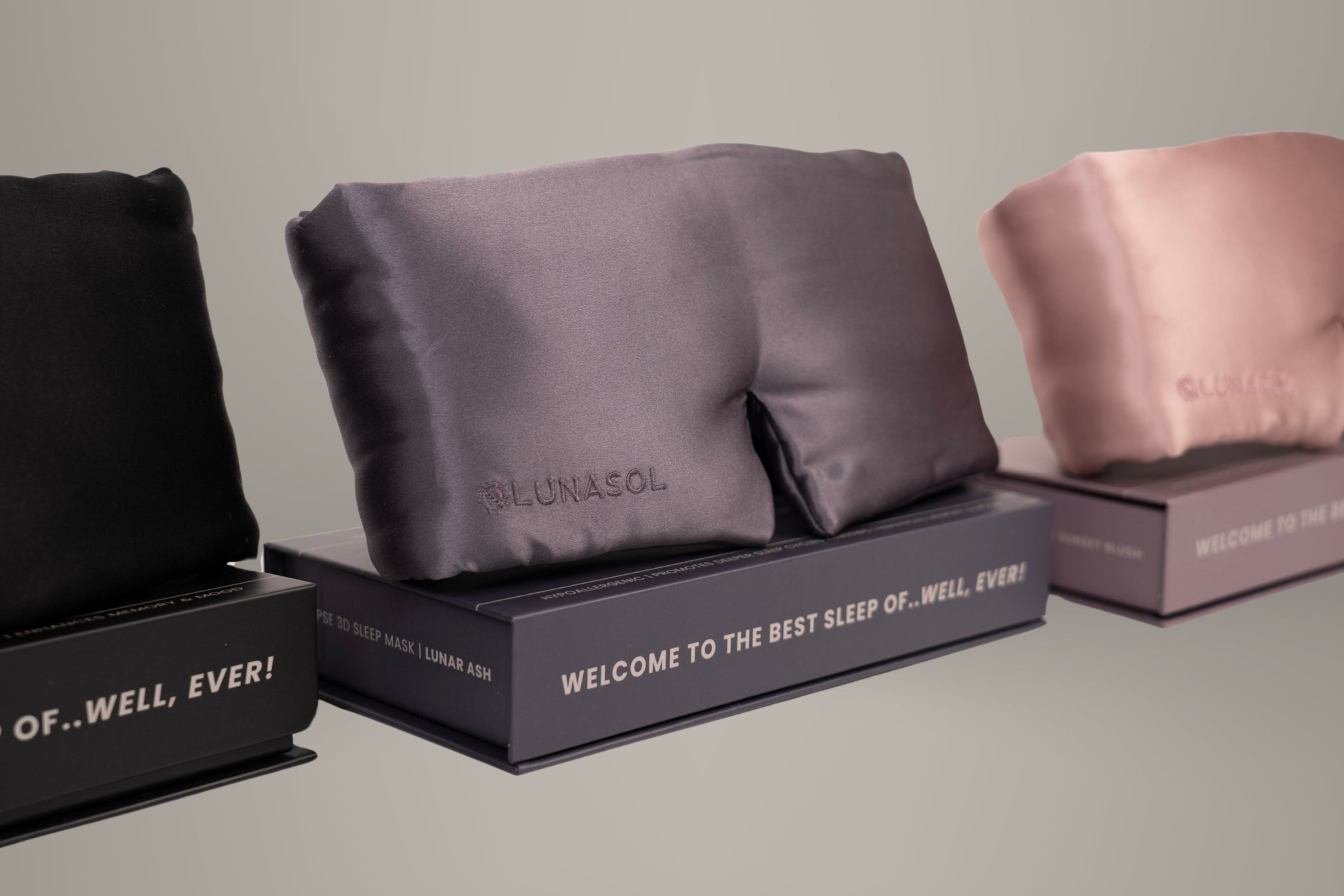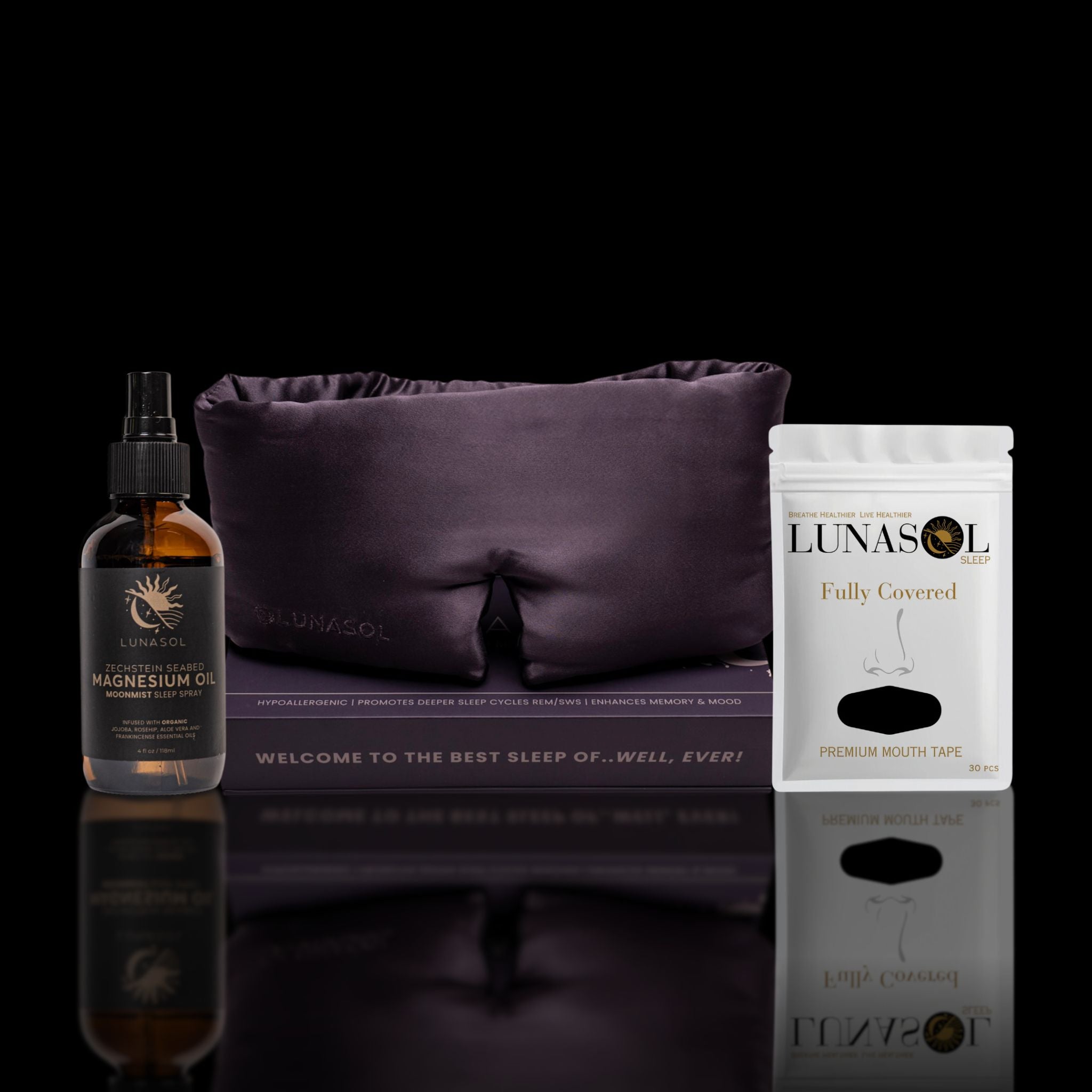Obstructive Sleep Apnea (OSA): More Than Just a Snoring Problem
Obstructive Sleep Apnea (OSA) is more than just a snoring issue. It’s a serious sleep disorder affecting millions of people worldwide, leading to fragmented sleep, daytime fatigue, and significant health risks. But what if the solution to OSA could be as simple as taping your mouth shut at night? While it may seem unusual, using mouth tape to encourage nasal breathing can be a game-changer for those suffering from OSA. Let’s explore how nasal breathing differs from mouth breathing and how mouth tape can be a simple yet effective tool in combating sleep apnea.
Understanding Obstructive Sleep Apnea (OSA)
OSA occurs when the muscles at the back of your throat relax excessively during sleep, blocking the airway and causing repeated interruptions in breathing. This pattern disrupts your sleep cycle, leading to poor sleep quality. Some common symptoms include:
- Loud Snoring: The sound of snoring is caused by the vibration of relaxed tissues in your throat as air tries to pass through a narrow airway. It’s one of the main symptoms of OSA.
- Gasping or Choking During Sleep: People with OSA often wake up suddenly, gasping or choking due to the temporary interruption of breathing.
- Daytime Sleepiness: Frequent interruptions in breathing lead to fragmented sleep, causing excessive daytime sleepiness and fatigue.
- Morning Headaches: The lack of oxygen due to interrupted breathing can cause headaches upon waking.
- Difficulty Concentrating: Poor sleep quality affects cognitive function, leading to issues with concentration, memory, and even mood changes.
While Continuous Positive Airway Pressure (CPAP) therapy is the standard treatment, many people find it uncomfortable. However, an alternative method, promoting nasal breathing through the use of mouth tape, can significantly improve sleep quality and help manage OSA.
Nasal Breathing vs. Mouth Breathing
Nasal Breathing: The nose is perfectly designed for breathing. It warms, filters, and humidifies the air before it reaches your lungs. The nose also produces nitric oxide, which has antimicrobial properties, helps dilate blood vessels, and improves oxygen exchange in the lungs. Additionally, nasal breathing promotes diaphragmatic breathing, allowing for deeper, more controlled inhalations.
Mouth Breathing: In contrast, mouth breathing bypasses the nose’s natural filtration system, leading to dry mouth, sore throat, and a higher risk of infection. Mouth breathing can also cause over-breathing, leading to unbalanced levels of oxygen and carbon dioxide. During sleep, mouth breathing often results in snoring and a higher risk of airway obstruction, exacerbating OSA symptoms.
Comparing Nasal and Mouth Breathing
| Feature | Nasal Breathing | Mouth Breathing |
|---|---|---|
| Air Filtration | Filters allergens, dust, and pathogens | Bypasses natural filtration |
| Nitric Oxide | Produces nitric oxide for vasodilation | Does not produce nitric oxide |
| Breath Control | Diaphragmatic, deep breathing | Shallow, chest breathing |
| Hydration | Maintains optimal moisture levels | Causes dry mouth and sore throat |
| Oxygen Absorption | Better oxygen exchange | Reduces efficiency in oxygen absorption |
| Apnea Risk | Reduces risk of airway obstruction | Increases risk of snoring and airway obstruction |
How Mouth Tape Promotes Nasal Breathing
Mouth tape involves placing a special tape over your lips before sleeping. This gentle tape keeps your mouth closed, encouraging nasal breathing. Here’s how it can help with OSA:
- Reduces Snoring: Snoring is often a sign of partial airway obstruction, commonly associated with mouth breathing. By encouraging nasal breathing, mouth tape reduces snoring, a significant contributor to OSA.
- Prevents Airway Collapse: Nasal breathing engages the diaphragm more effectively than mouth breathing, providing better support for the upper airway and reducing the risk of airway collapse.
- Promotes Nitric Oxide Production: Nasal breathing stimulates nitric oxide production, which helps keep airways open and improves oxygen exchange, reducing apnea episodes.
- Regulates Breathing Patterns: Mouth breathing can lead to over-breathing and irregular breathing patterns. Nasal breathing through mouth tape use encourages stable and rhythmic breathing, reducing apnea-related interruptions.
- Improves Sleep Quality: By reducing snoring and apnea episodes, mouth tape improves overall sleep quality, allowing for deeper and more restorative sleep.
- Reduces Daytime Fatigue: Better sleep quality translates into less daytime fatigue, improving your ability to concentrate and function throughout the day.
Scientific Research Supporting Mouth Tape Use
Studies have shown that promoting nasal breathing and reducing mouth breathing can significantly impact sleep quality and reduce OSA symptoms. Here are some key findings:
-
Reduction in Sleep Apnea Severity:
- Research published in Chest found that nasal breathing improved airway patency and reduced the severity of OSA in many patients.
- A study in the American Journal of Respiratory and Critical Care Medicine revealed that nasal breathing reduced the frequency and duration of apneic events.
-
Improvement in Oxygen Saturation:
- The European Respiratory Journal highlighted that nasal breathing significantly improved blood oxygen saturation levels in sleep apnea patients.
-
Reduction in Snoring and Improved Sleep Quality:
- A clinical study by the British Thoracic Society indicated that patients who adopted nasal breathing reported reduced snoring and better sleep quality.
How to Start Using Mouth Tape Safely
- Choose a Gentle Tape: Opt for a mouth tape specifically designed for this purpose, like Lunasol Sleep Tape. It is gentle on the skin and easy to remove.
- Test During the Day: Try using the tape for a short period during the day to get used to the sensation.
- Apply Before Sleeping: Place the tape horizontally over your lips, ensuring a secure but not too tight seal. If you are new to mouth taping, you can start with a smaller strip of tape placed vertically over the lips to allow some airflow.
- Monitor Your Sleep: Pay attention to your sleep quality and how you feel in the morning. A sleep monitoring app can help track snoring and breathing patterns.
- Consult a Healthcare Professional: If you have severe OSA or other respiratory conditions, consult a doctor before starting to use mouth tape.
Personal Success Stories: How Mouth Tape Changed Lives
- Michael’s Story: “I struggled with snoring and sleep apnea for years, but the CPAP machine was uncomfortable. I read about using mouth tape and decided to try it. On the first night, I noticed a difference. My wife said my snoring reduced significantly, and I felt more refreshed in the morning. Over time, my apnea episodes decreased, and now I can sleep through the night without interruptions.”
- Sophia’s Story: “As a mouth breather, I always woke up with a dry mouth and sore throat. My doctor suggested using mouth tape to encourage nasal breathing. At first, it felt strange, but after a few nights, I was breathing through my nose without issues. My OSA symptoms improved, and my daytime fatigue disappeared.”
- David’s Story: “My snoring was so bad that I had to sleep in a separate room from my wife. I also had mild sleep apnea. I decided to try using mouth tape, and within a week, my snoring dramatically reduced, and my sleep apnea symptoms improved. Now, my wife and I can share a bed again!”
Addressing Common Concerns
-
“I Can’t Breathe Through My Nose”
- Nasal congestion can make mouth taping challenging initially. Try saline nasal sprays, a humidifier, or nasal dilators to improve airflow.
-
“I Feel Claustrophobic”
- Start with shorter periods and use a smaller strip of tape until you feel comfortable.
-
“Is It Safe?”
- When done correctly, mouth taping is safe for most people. However, consult your doctor if you have preexisting conditions.
-
“What If I Need to Breathe Through My Mouth?”
- Start with a smaller strip of tape placed vertically over the lips. This will encourage nasal breathing while allowing some airflow through the mouth if necessary.
Conclusion
Using mouth tape to promote nasal breathing offers a simple and non-invasive solution to improve sleep quality and manage Obstructive Sleep Apnea. By transitioning from mouth breathing to nasal breathing, you can reduce snoring, prevent airway collapse, and enjoy deeper, more restorative sleep. Try using mouth tape with Lunasol Sleep Tape and discover a world of better breathing and improved health.
Breathe Healthier - Live Healthier


